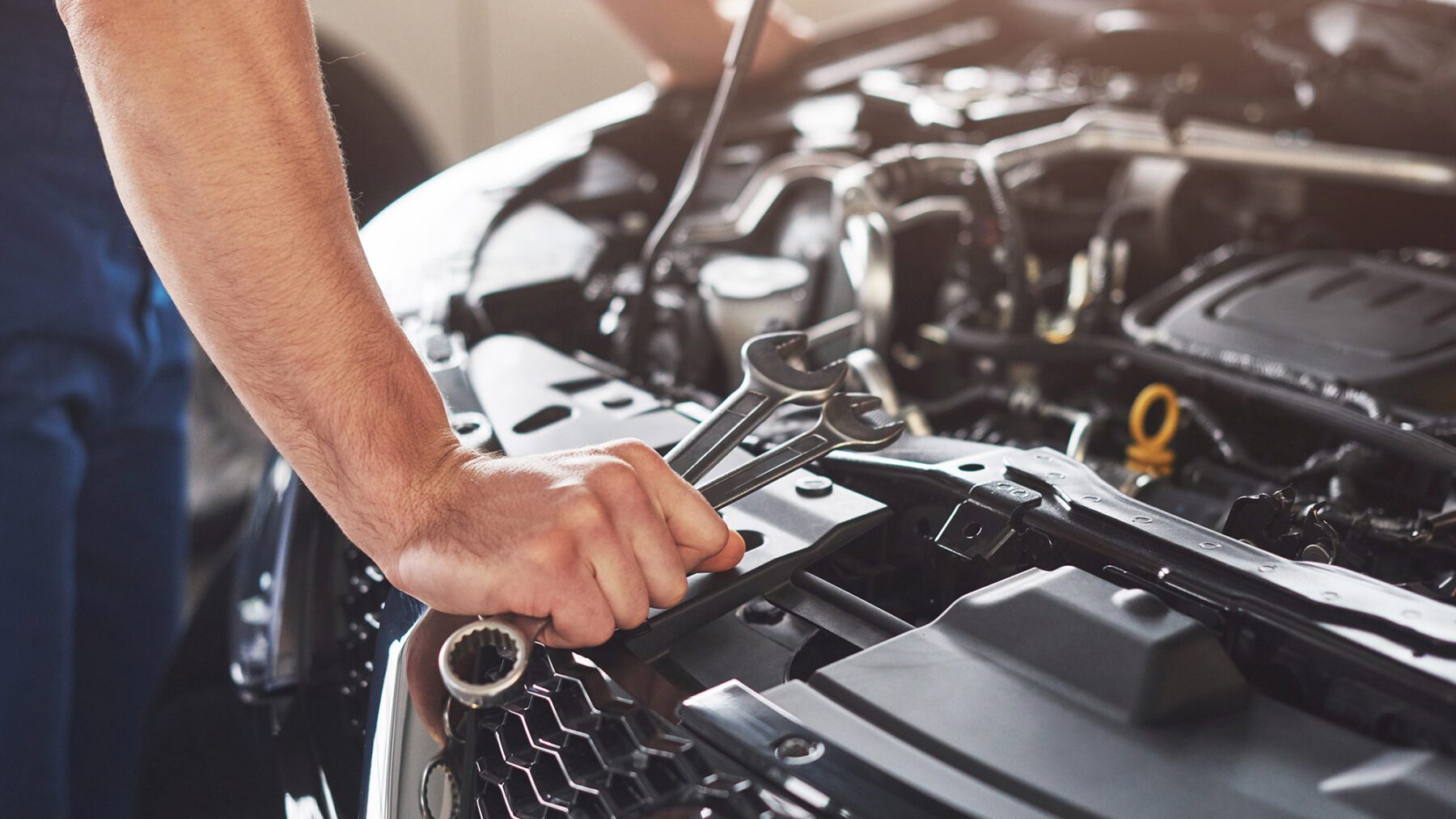Engine or transmission stands are designed to support and rotate an engine while you work on it. Some stands are fixed while others rotate to eliminate the need for manually turning the engine, resulting in more efficient repairs. Here’s more information about why an engine stand is needed for automotive repair and maintenance:
Safely Hold the Engine While You Work
Engines are some of the heaviest components in a vehicle and require sturdy platforms to hold them in position during repairs. Since the engine is located in tight spaces, you need to lift it out of the framework for easy access to the parts you want to work on. Lifting is done using transmission jacks, but these tools are not designed to hold weights for extended periods. Once the transmission is lifted, you need a stable engine stand to hold it. Stands feature sturdy steel constructions engineered to support hundreds of pounds. Each stand has a weight capacity rating that determines the maximum load it can support.
Stands also feature wide bases and locking mechanisms to prevent the engine from tipping over, sliding, or shifting position. The stands also distribute the engine’s weight evenly on the holding platform. Without a stable platform, the engine may move and cause serious injuries or damage to the block. A stand provides a secure platform that allows you to apply force when loosening or tightening bolts and working on the engine. You can install or remove camshafts, crankshafts, and cylinder heads without worrying about the engine tipping over.
Improve Accessibility to the Engine’s Components
Using an engine-holding stand gives you easy access to all sides of the engine. You can’t have this access when the engine is still mounted in the vehicle. Some areas of the engine are obscured by the rear main seal, oil pump, timing belt, and other parts of the vehicle’s frame. Accessing such areas without a stand requires additional disassembly or awkward positioning that can result in overexertion injuries and extended repair duration. A stand gives you immediate access to all the parts, and some allow you to rotate the engine without shifting your position.
Free, unobstructed access also allows you to work faster and with more precision. You can rotate the engine to reduce the time spent maneuvering around the block or tight spaces. The enhanced accessibility also allows you to use tools more effectively without restricting the range of motion. Using a stand can result in shorter repair times, increasing the productivity of your workshop. You can also use the tool to optimize workflow and serve more clients.
Enhance Ergonomics To Reduce Strain and Injury
Working on an engine without a rotating stand can lead to strains and injuries. A stand reduces some of the physical demands like bending, crouching, and maneuvering around tight spaces. Stands have adjustable heights and angles that allow you to position the engine in the most optimal area for your task. The adaptability reduces the risk of straining your back, arms, and joints when repairing, rebuilding, or maintaining an engine. Easy access also reduces the need for repetitive movements and time spent working on the engine, which helps to prevent fatigue and accidents.
With a rotating stand, you can find the most comfortable position for your work. You can work from a sitting or standing position thanks to adjustable heights and any side rotation. Stands can also hold the engines for several days, reducing the need to move the block around the workshop.
Find a High-quality Engine Stand Today
Stands are must-have tools in your workshop and garage and make working on heavy engine blocks more convenient. When shopping for stands, choose designs featuring durable, sturdy steel materials and built-in safety features. Contact a heavy-duty specialty tool supplier today to find out more about engine stand materials, designs, and options.
Keep an eye for more news & updates on Forbes Zine!




